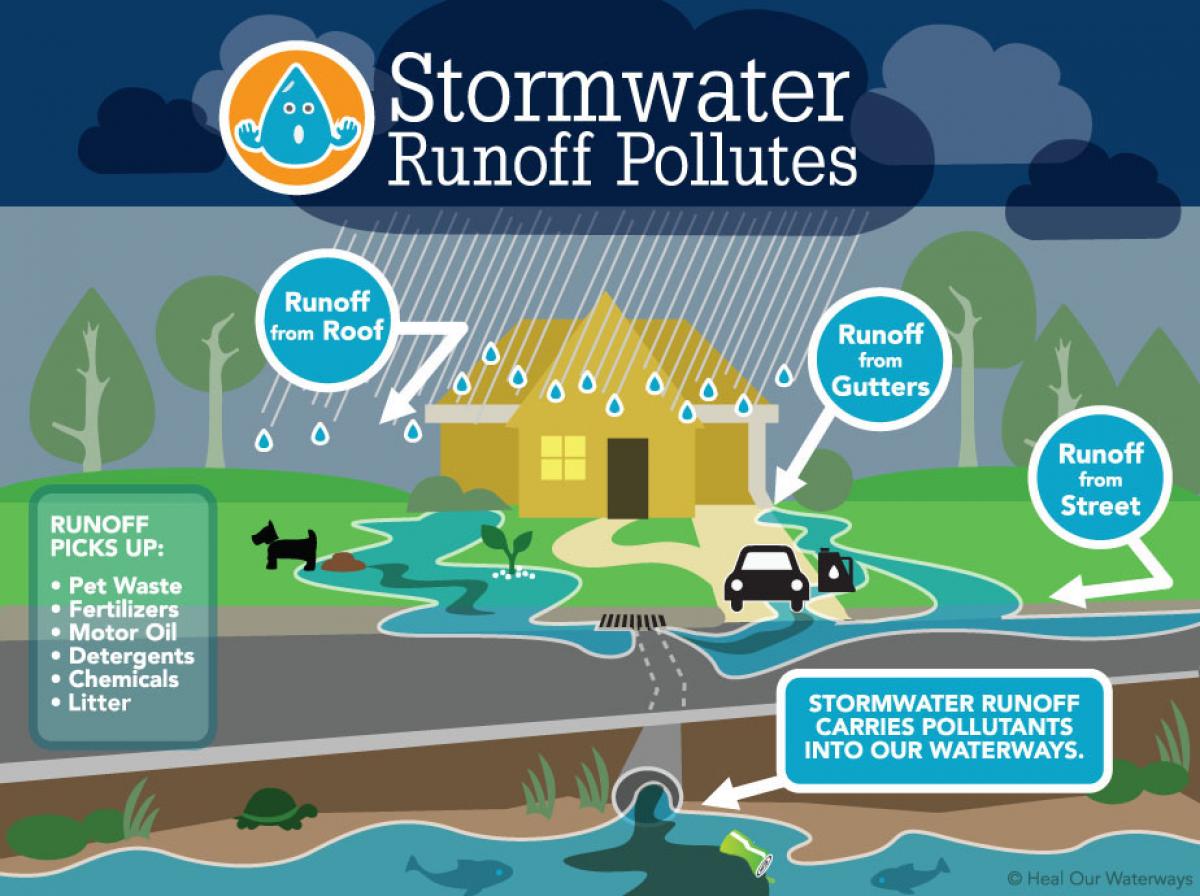TMDL Implementation
What is TMDL?
 TMDL stands for "Total Maximum Daily Load" and referes to the maximum amount of polluntant a body of water can receive while meeting water quality standards. As the Designated Management Agency (DMA), the City of Willamina is required by DEQ to implemnt a TMDL plan that outlines management goals, projects, partners, priorities, schedule, and findings with tracking, monitoring, and reevaluation processes.
TMDL stands for "Total Maximum Daily Load" and referes to the maximum amount of polluntant a body of water can receive while meeting water quality standards. As the Designated Management Agency (DMA), the City of Willamina is required by DEQ to implemnt a TMDL plan that outlines management goals, projects, partners, priorities, schedule, and findings with tracking, monitoring, and reevaluation processes.
As a DMA, the City of Willamina has authority over the sources of pollution entering the Yamhill River which contributes to water quality issues in the Willamette River. Waterways in Willamina, including the South Yamhill River and Willamina are contributors to the problem. The City must implement Best Management Practices (BMPs) to control pollution in these sources according to the Department of Environmental Quality.
DEQ requires many local governments to develop and implement a TMDL Implementation Plan. According to the federal Clean Water Act, Oregon is required to establish Total Maximum Daily Loads for streams segments which do not meet water quality standards. The TMDL identifies the level of pollutants that a water body can absorb and still meet water quality standards.

TMDLs take into account pollution from all sources, including residential areas, businesses, industry, and construction sites.
In response to DEQ, the City has developed a TMDL Implementation Plan according to DEQ regulations. This document sets out specific BMPs that will address contributions of mercury to local waterways. Mercury is a toxic heavy metal. Bioaccumulation of mercury in fish tissue can lead to fish consumption limits due to health hazards associated with consuming fish. Waterways can become contaminated when soils that naturally contain mercury are eroded.
DEQ is interested and supports public involvement in these activities. For more information on the clean water act visit https://www.epa.gov/tmdl.


